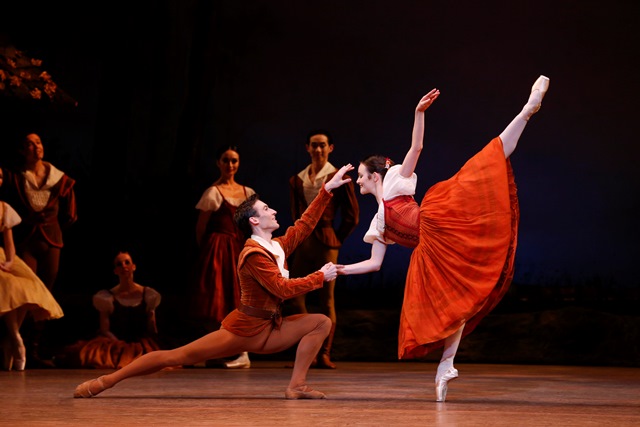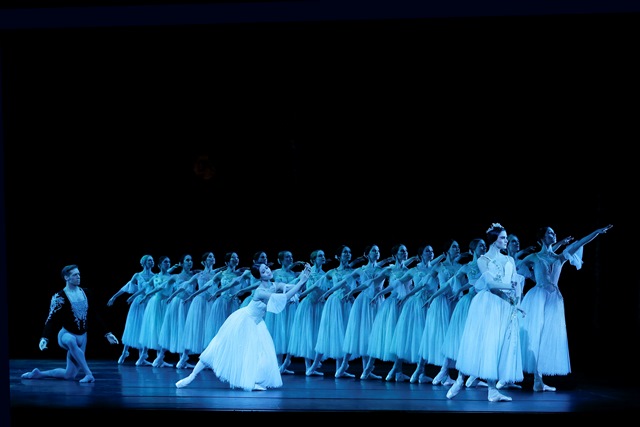I was moved reading Jennifer Shennan’s recent review from Auckland’s Tempo Festival, in which she discussed Douglas Wright’s latest work, M_Nod, and in which she also referred to Wright’s current health issues. My mind went racing back to 1993—it was the year that Wright’s Gloria was first performed in Sydney as part of a Sydney Dance Company season. Those were the days before things were available online and I hunted out the review I wrote of it for Dance Australia. I clearly remember Gloria (who could forget it?), and The Protecting Veil, the work by Graeme Murphy, with which Gloria shared the stage. I am posting the 1993 review below. Reading it now, 25 years and many, many reviews later, there are sections I would probably phrase differently now, but I have resisted changing anything. And I should add that, even though I am focusing my thoughts on Gloria on this occasion, I am in no way wanting to gloss over Murphy’s work, which was equally as thrilling and moving as Wright’s.
The review was originally published in Dance Australia in the issue of February/March 1994.
Truly thrilling
GLORIA, THE PROTECTING VEIL
Sydney Dance Company
Opera Theatre, Sydney Opera House
November 1993
Douglas Wright’s 1990 piece Gloria and Graeme Murphy’s new The Protecting Veil opened what turned out to be a thrilling season of dance. Gloria, performed to Vivaldi’s choral piece of the same name, is Wright’s tribute to a friend who died at twenty. It is, on the one hand, a joyous piece that celebrates life with an outpouring of dance that is full of vigour and vitality.
Part of the joyous feeling that emerges in Gloria stems from the wit of its choreography and from its tongue-in-cheek irreverence towards the classical vocabulary. Here Wright’s work acknowledges a debt to Paul Taylor with whom Wright performed extensively during the 1980s. There is something very Tayloresque about those moments when a split jete, performed flat out, is followed by a jump that looks as though it will be another of the same but instead turns into a delicious movement in which the dancer appears to be running very fast in mid-air. Or in those other moments when a relatively well known step is followed unexpectedly by a hand- or head-stand.
But in addition to its joyous appearance, Gloria also grieves for a particular life cut off in its prime. This dual theme of joy and sorrow is addressed in movement sequences such as the juxtaposition, early in the piece, of a funereal kind of procession of dancers walking in a square formation with another group dancing in circles in and out of and around the sombre square.
A kind of fragmentation also surfaces in the way that the dance connects, or doesn’t connect with the music. Often a particular choreographic sequence will continue during a pause between sections in the music. Often, too, the audience is faced with a darkened stage, devoid of bodies but filled with music.
In the end, however, Gloria is in praise of life. Its constant use of the circle, both as a choreographic theme and in its lighting design by John Rayment, stresses continuity and its final image of rebirth ensures that we come away with a message that is life-affirming.
The Protecting Veil, like Gloria, takes its name from the music that accompanies it, in this case John Taverner’s composition for solo cello and strings inspired by ancient Byzantine church music. Murphy has produced a strong work that is theatrical without being excessively so, and that consolidates his position as a choreographer whose originality constantly astonishes the viewer.
In a structure that recalls last year’s Synergy with Synergy, with its constructions and transitions, The Protecting Veil consists of eight movements separated by what are called in the program “crossings”. In the eight movements, duets, trios and quartets alternate with dances for the whole company. A quartet for Lea Francis, Alfred Taahi, Wakako Asano, and Xue-Jun Wang is memorable for the way in which it combines four individualistic bodies and four equally individualistic ways of moving.
The power of the piece, however, is in the crossings. Here Murphy builds up a tension that aligns itself with the mesmeric aspects of Taverner’s score. All the crossings feature Janet Vernon. They are initially brief, tantalising appearances. But they gradually build in length and complexity, culminating in a duet in which Vernon is, in the beginning, partnered by Carl Plaisted through the veil of a scrim cloth. The shrouded movement that results is intrinsically interesting for its novelty, but it also makes the second section of the duet, performed without the protection of the veil, seem crystalline.
The Protecting Veil also relies for its impact on Murphy’s design concept. In addition to the use of scrims to reveal and conceal, the forest of small lights attached to long wires that are alternately lowered and raised during the piece, and the use of a slit backcloth through which bodies, and seemingly dismembered parts of them, appear and disappear are all part of a play with perception that has frequently characterised Murphy’s work. In The Protecting Veil this approach helps produce a piece that exudes the tension and suspense of a religious ritual.
Sydney Dance is looking great. And that’s not surprising considering the challenges presented to the company by Murphy himself and the choreographers he supports.
Michelle Potter, 12 October 2018
Featured image: The portrait of Douglas Wright contained in the header to this post is by John Savage.

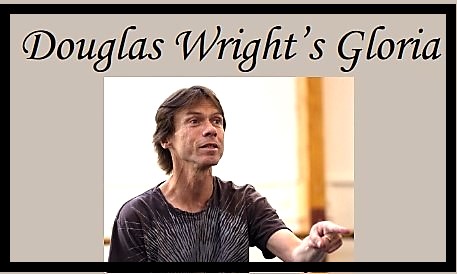
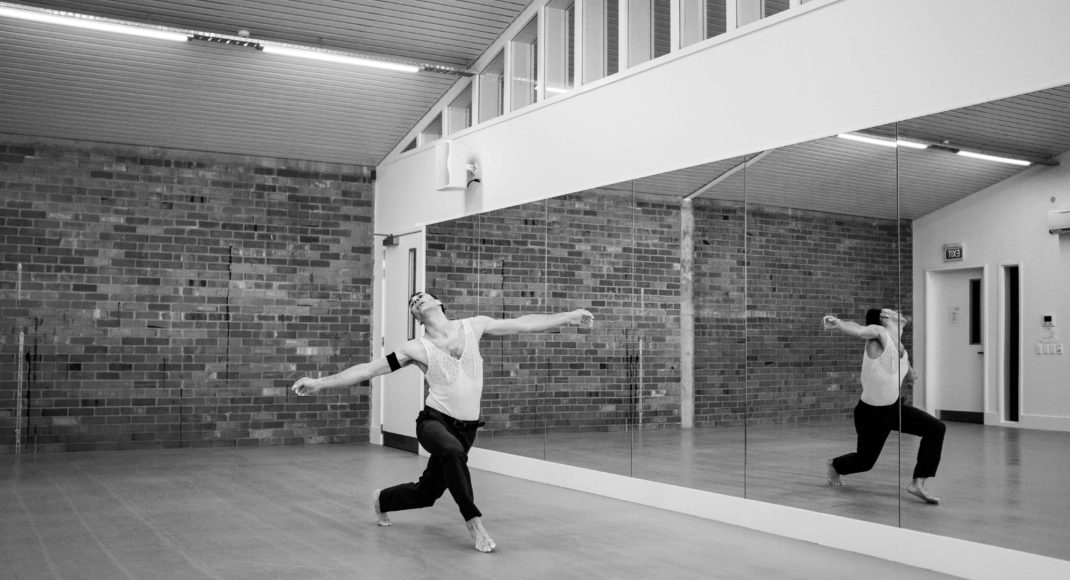
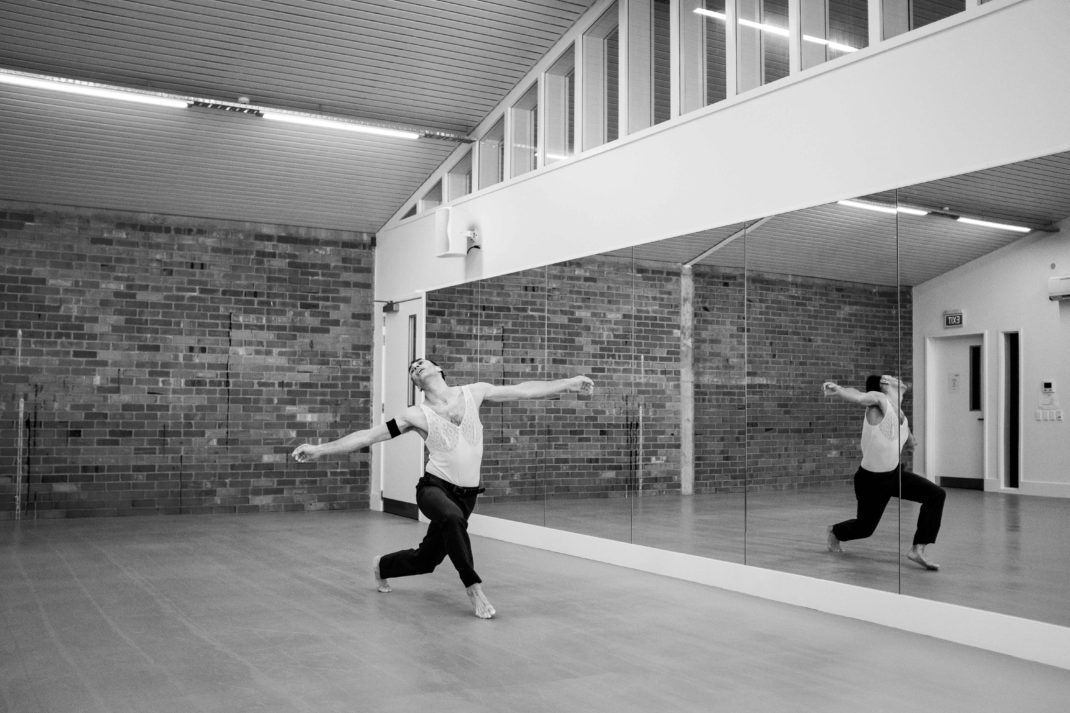
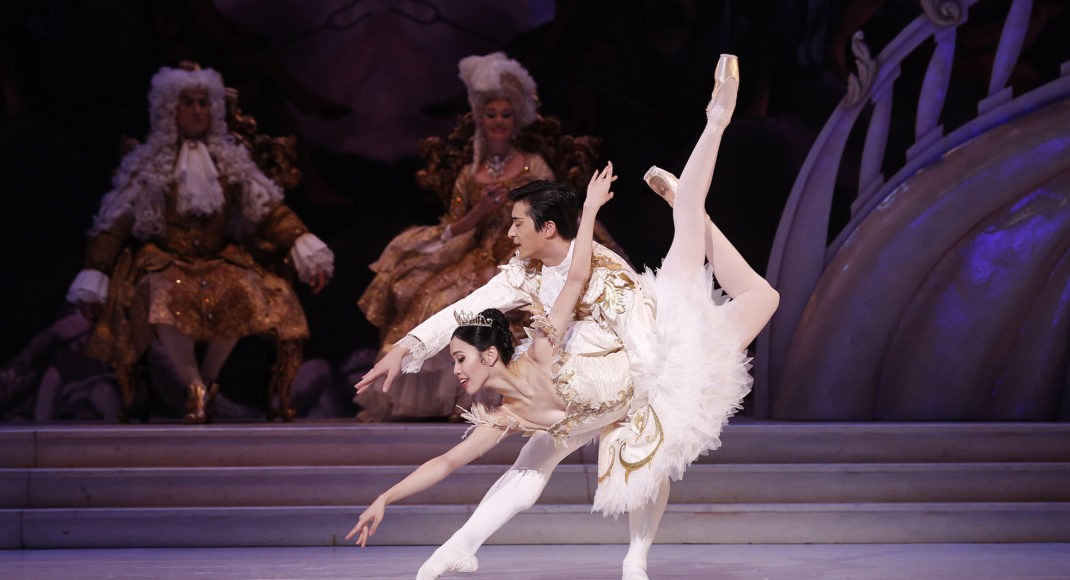
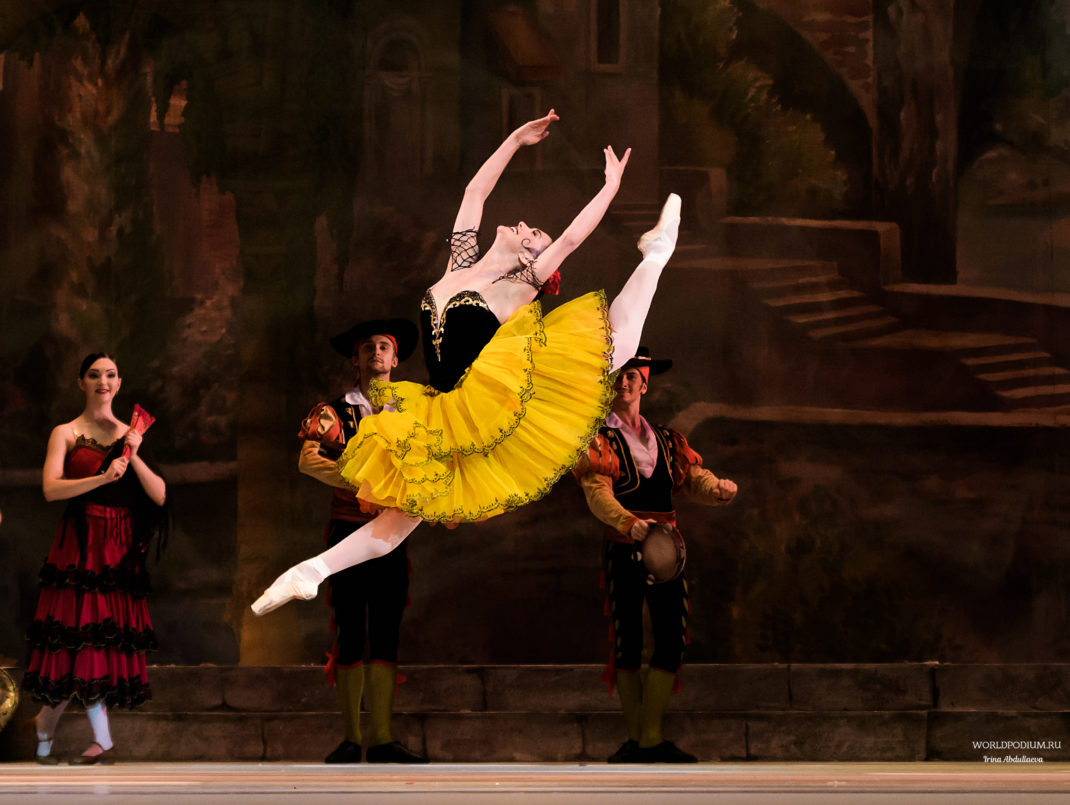
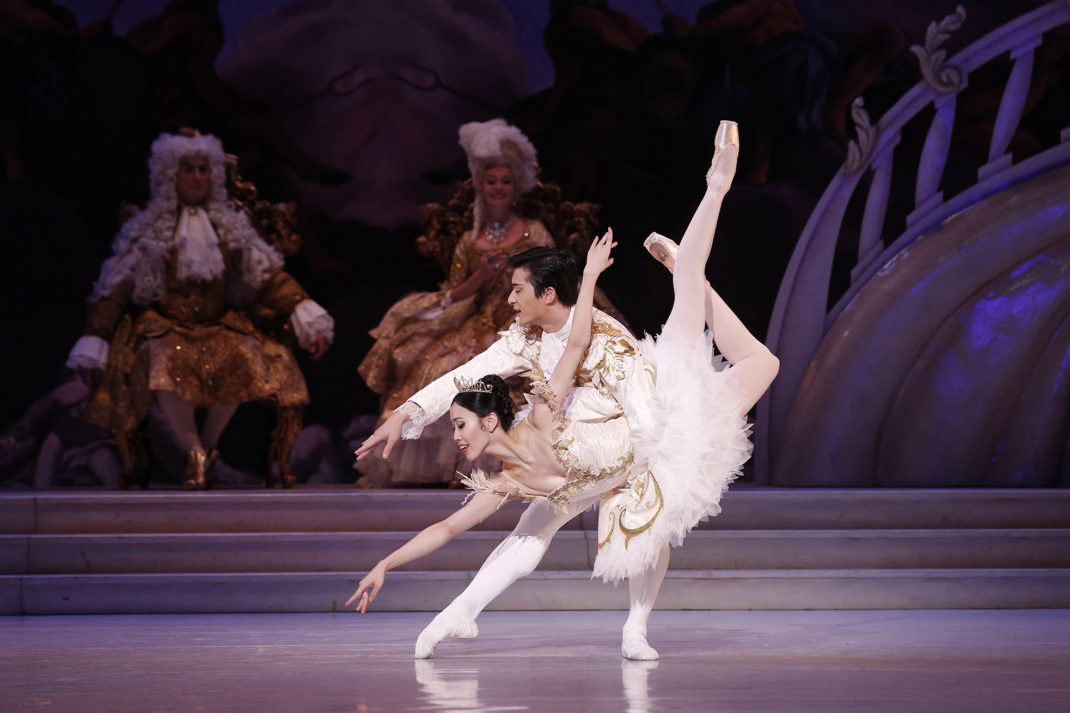

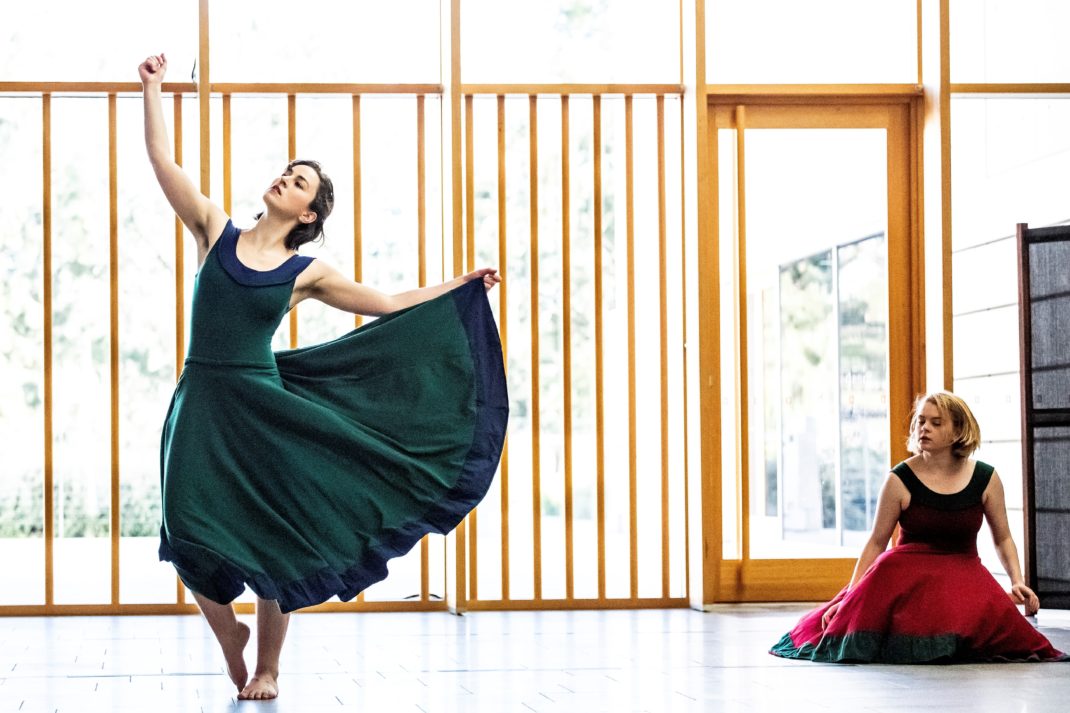
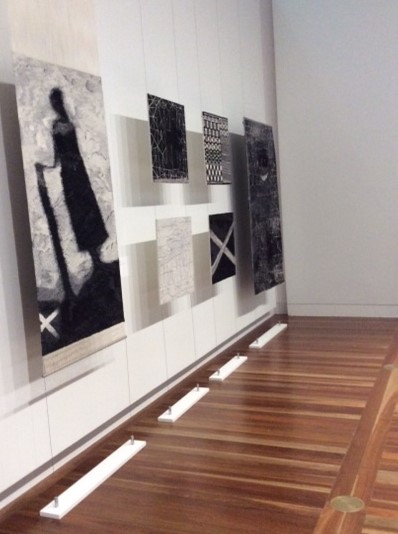
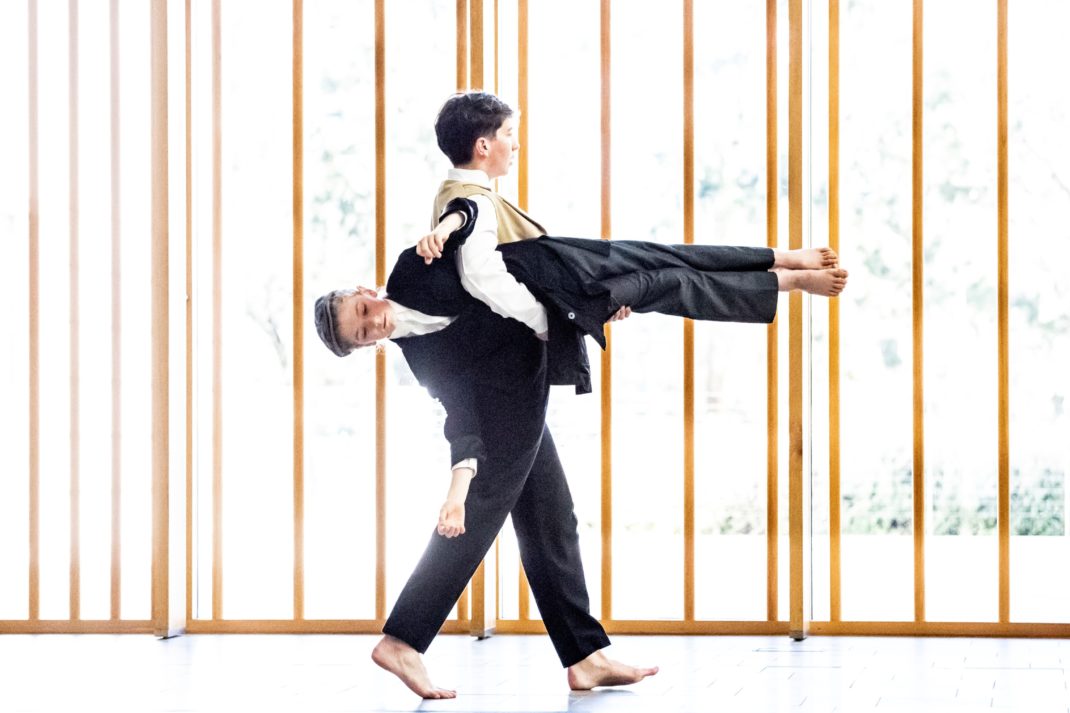
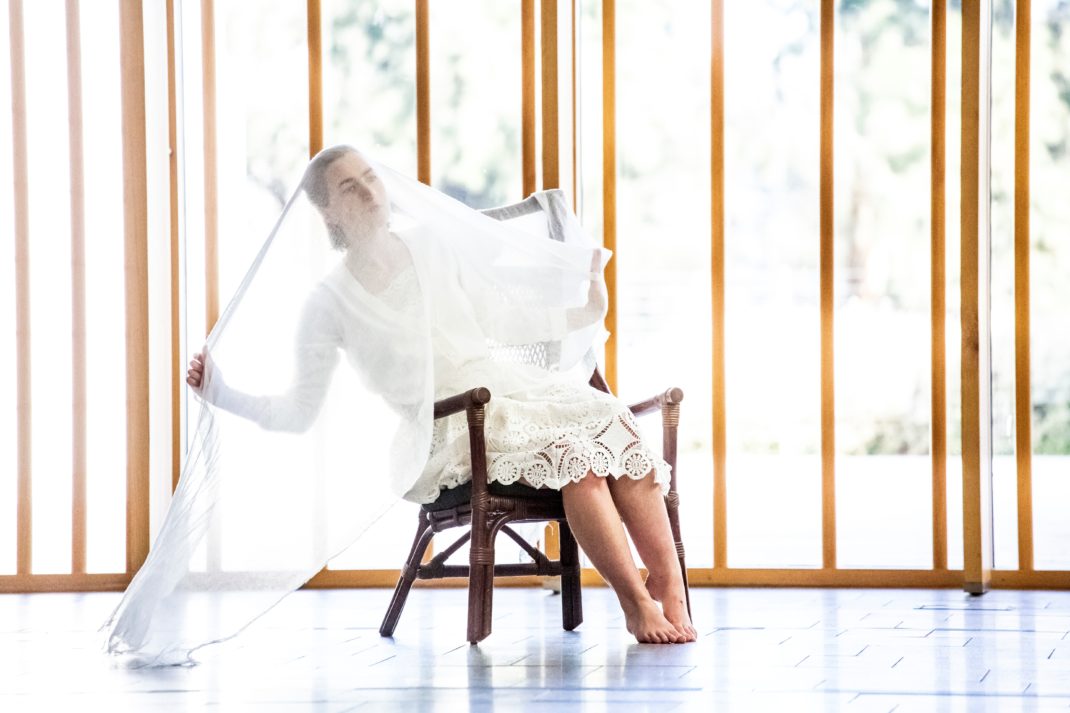
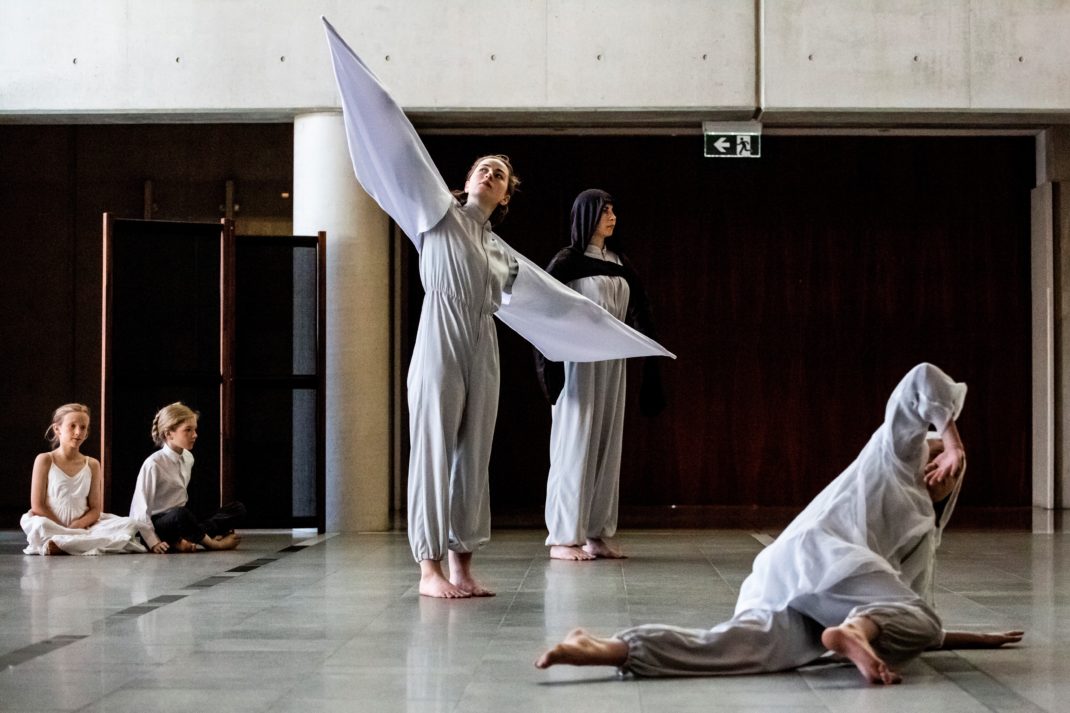


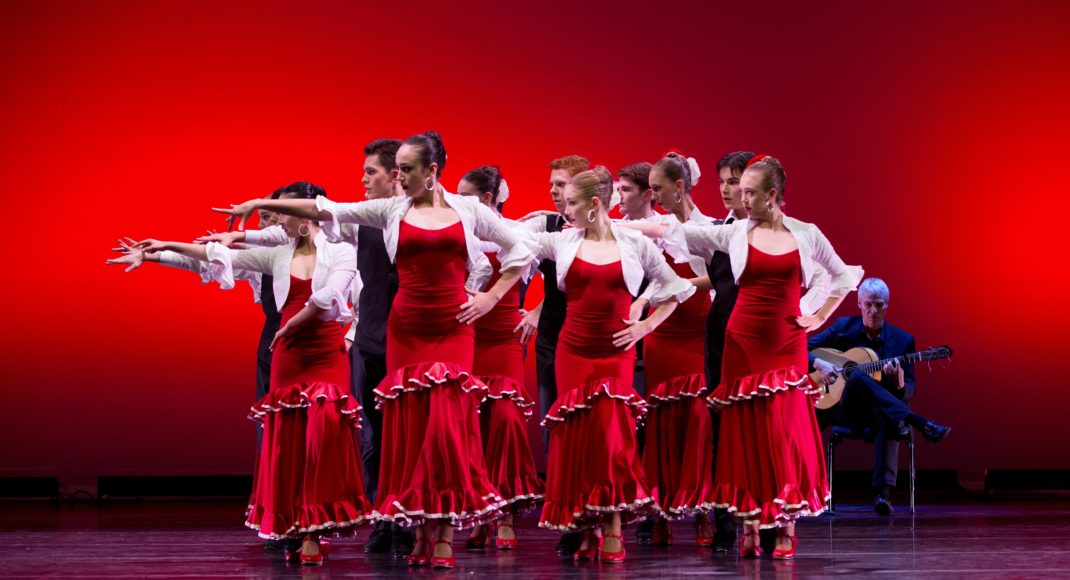



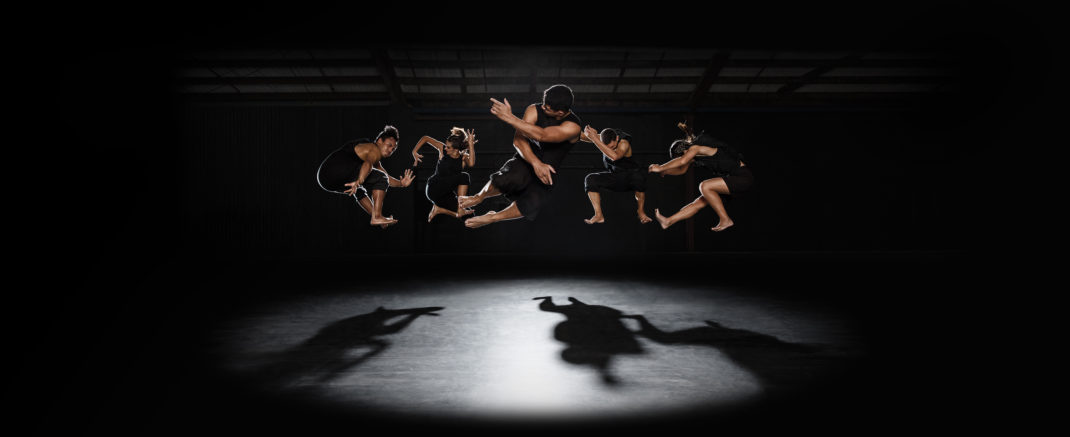
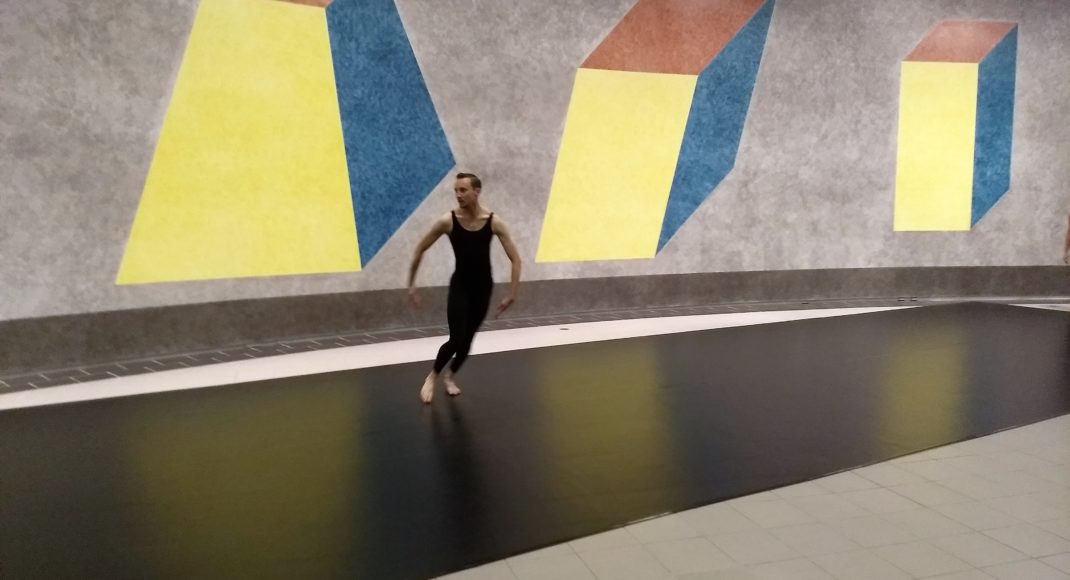
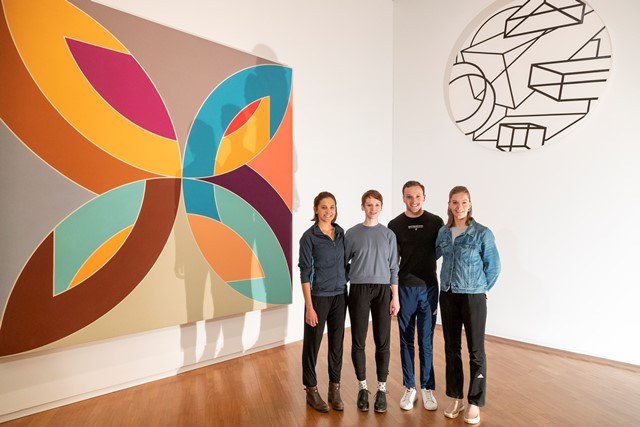


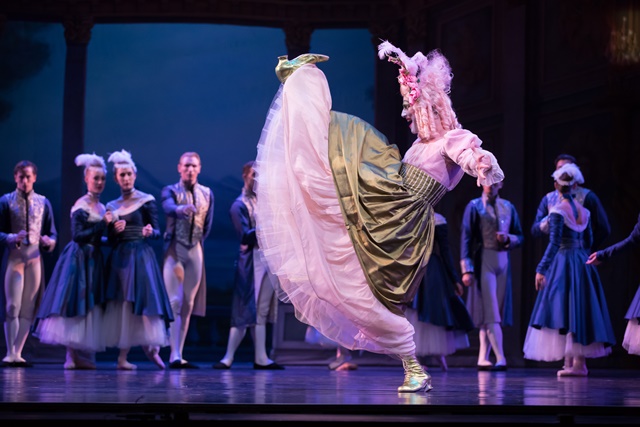
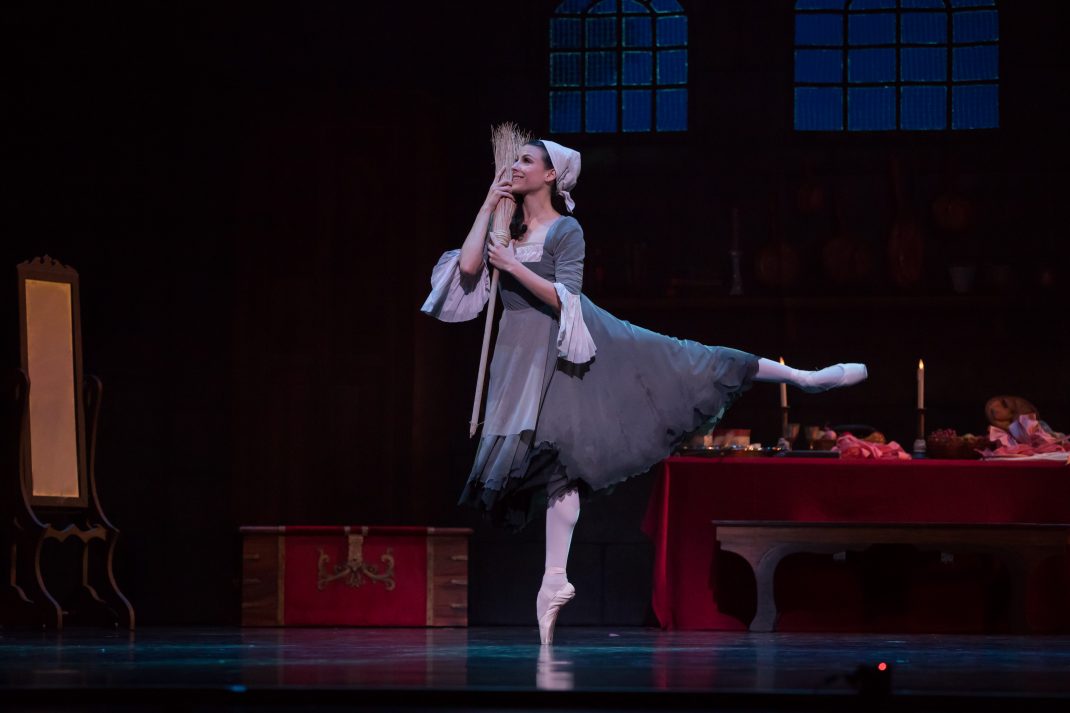

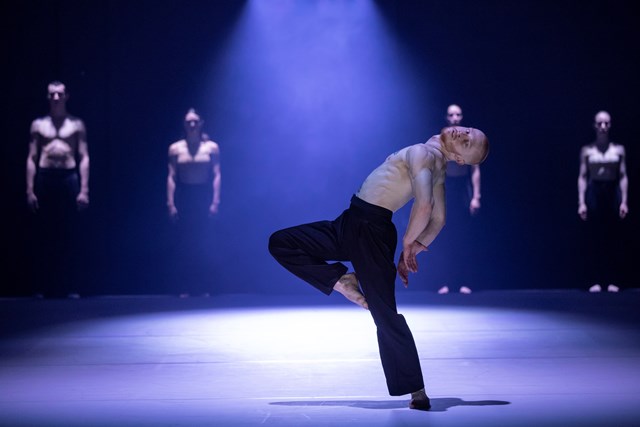
![Charmene Yap and Davide Di Giovanni in 'ab [intra]', Sydney Dance Company, 2018. Photo: Pedro Greig](https://michellepotter.org/wp-content/uploads/2018/09/ab_intra_180511_0483_Charmene-Yap_Davide-Di-Giovanni_byPedroGreig-1070x713.jpg)
![Dancers of sydney Dance Company in 'ab [intra]', 2018. Photo: © Pedro Greig](https://michellepotter.org/wp-content/uploads/2018/09/2018-ab-intra-byPedroGreig-1070x535.jpg)

